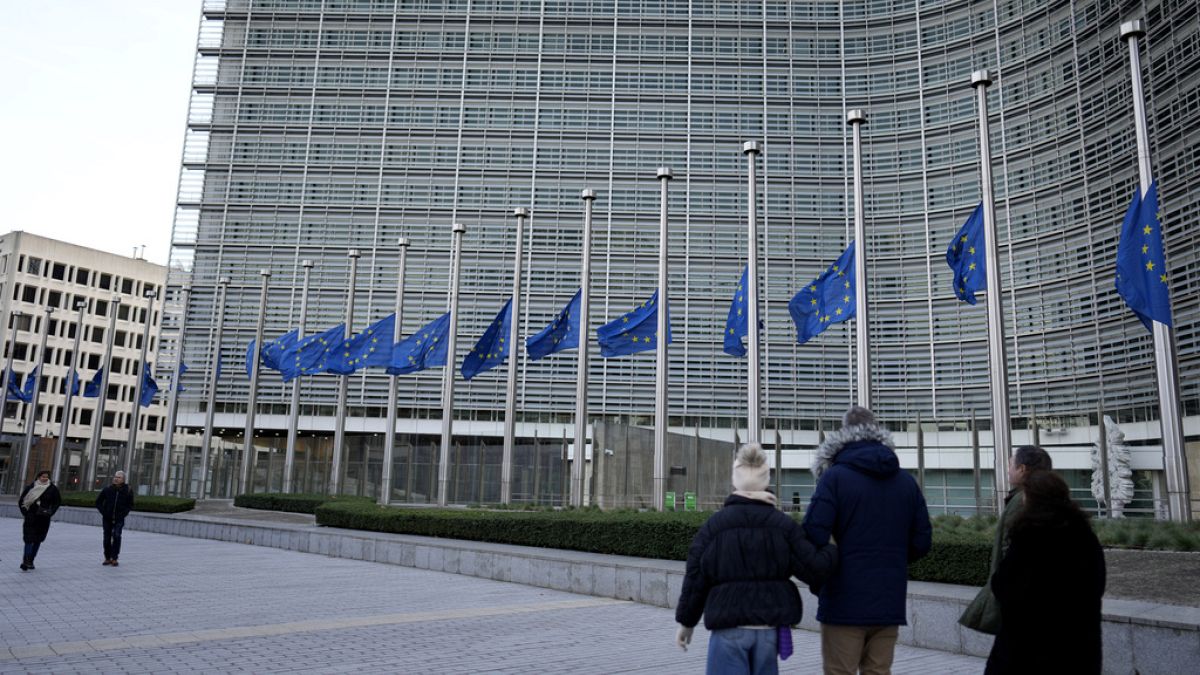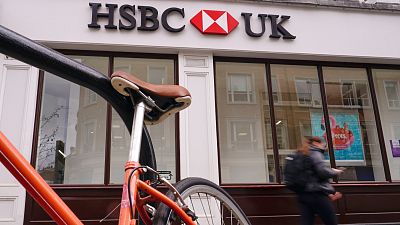Eurozone inflation in December rose by 2.9% year-on-year, less than the 3% expected, ending a seven-month decline streak. Monthly, the inflation rate increased by 0.2%. Core inflation, excluding energy and food, hit 3.4%. November's PPI fell by 0.3%, with a significant yearly drop of 8.8%.
Annual inflation in the Eurozone rose again in December after seven consecutive months of declines, albeit at a slower rate than anticipated.
According to the latest flash estimates released Friday by Eurostat, the harmonised consumer price index (HICP) in the Euro area recorded a year-on-year increase of 2.9% in December. This figure is higher than November's 2.4%, and marginally lower than the forecasted 3%.
On a month-to-month basis, the inflation rate exhibited an uptick of 0.2%, signalling an increase from November's levels, and advancing from the prior 0.6% monthly drop.
The prices of food, alcohol, and tobacco increased the most in December, up by 6.1% year-on-year, which is a little less than November’s 6.9% annual rate. Services costs held steady at 4.0% year-on-year. Prices for goods other than energy dropped to 2.5% from 2.9%, and energy prices fell by 6.7%, which is a lower drop than last month's 11.5% fall.
Core inflation, excluding volatile components such as energy and food, was recorded at 3.4% year-on-year, a slight dip from November's 3.6%, but in line with market expectations.
The Eurostat also unveiled the producer price index (PPI) inflation data for November 2023, which revealed a monthly contraction of 0.3%, a decrease from October's 0.3% rise, and below the expected 0.1% drop. Notably, the PPI was 8.8% lower compared with December 2022 levels, slightly below the expected 8.7% contraction.
According to the latest preliminary data from Istat unveiled on Friday, Italy's annual inflation rate in December registered at 0.6%, marginally falling short of the forecasted 0.7%.
Germany on Thursday reported its inflation rate climbed to 3.7% year-on-year in December, marking an increase from the 3.2% seen in November and matching expectations. France's inflation also rose to 3.7% for December, a slight rise from November's 3.5%, but still below the expected 3.6% rise.
Market Reactions And Latest ECB Remarks
In response to the latest inflation data, money markets have adjusted their expectations, now anticipating fewer rate cuts from the European Central Bank (ECB) in 2024, with projections settling at a reduced 147 basis points.
There was a slight rise in government bond yields as well, evidenced by the German Bund's yield climbing to 2.17%, and the Italian 10-year BTP yield advancing to 3.86%.
Meanwhile, European stock markets faced headwinds on Friday, with the Euro Stoxx 50 index declining by 0.7%. Spain’s IBEX 35 notably lagged, registering a fall of 0.9%.
In its December meeting, ECB President Christine Lagarde highlighted potential short-term upward pressures on inflation, emphasising that the ECB has not yet considered rate cuts. This sentiment was echoed by several ECB officials, (Nagel, Muller, Vasle, Vujcic, De Cos), who cautioned against premature discussions on rate reductions.
The latest ECB projections suggest a gradual normalisation of inflation rates, with headline inflation expected to average 2.7% in 2024, eventually reaching 1.9% by 2026.



